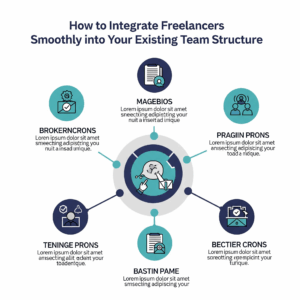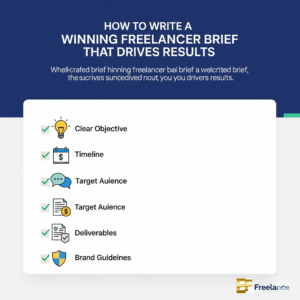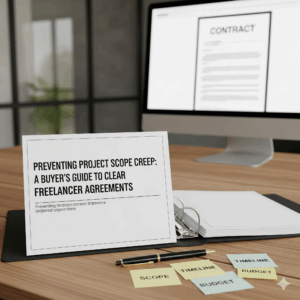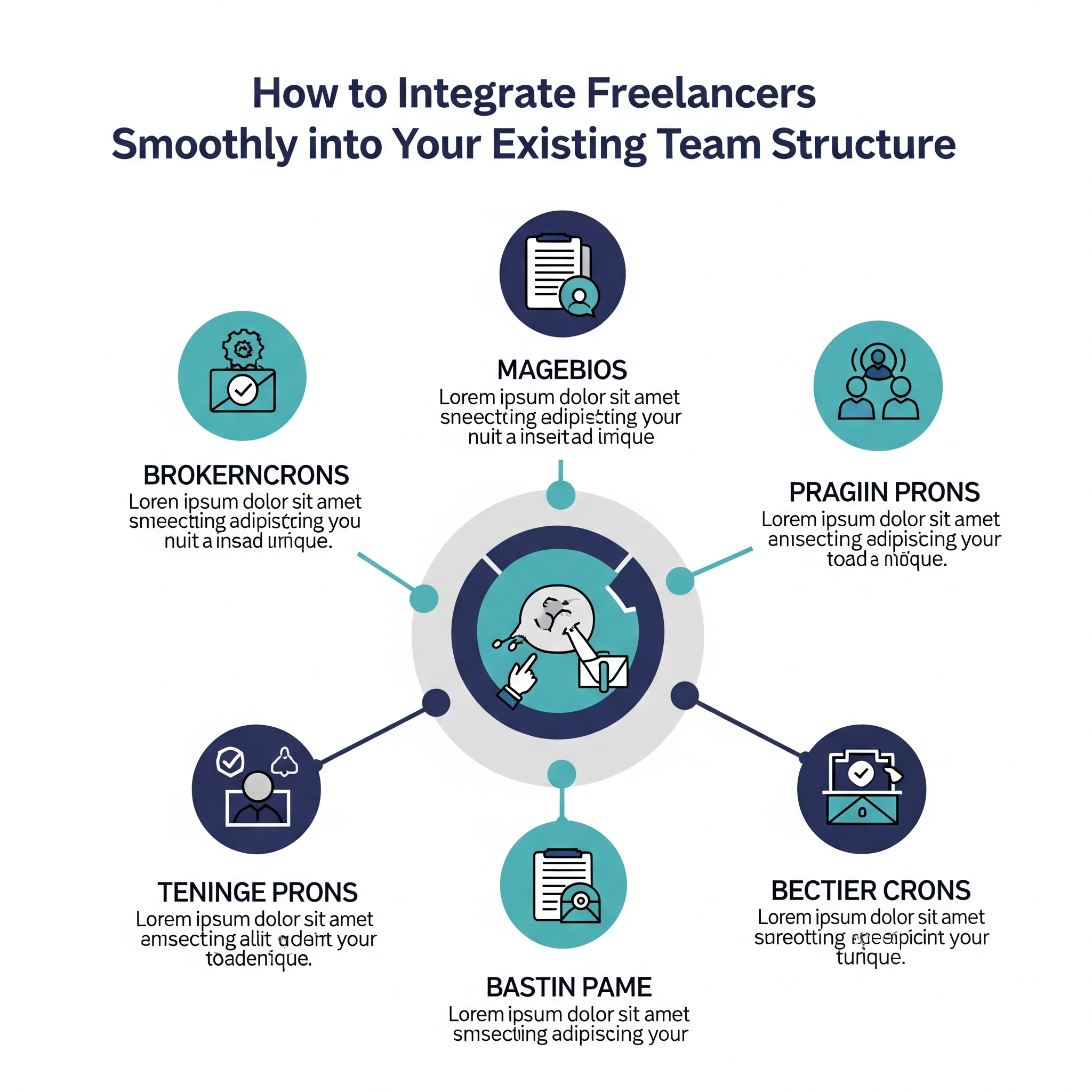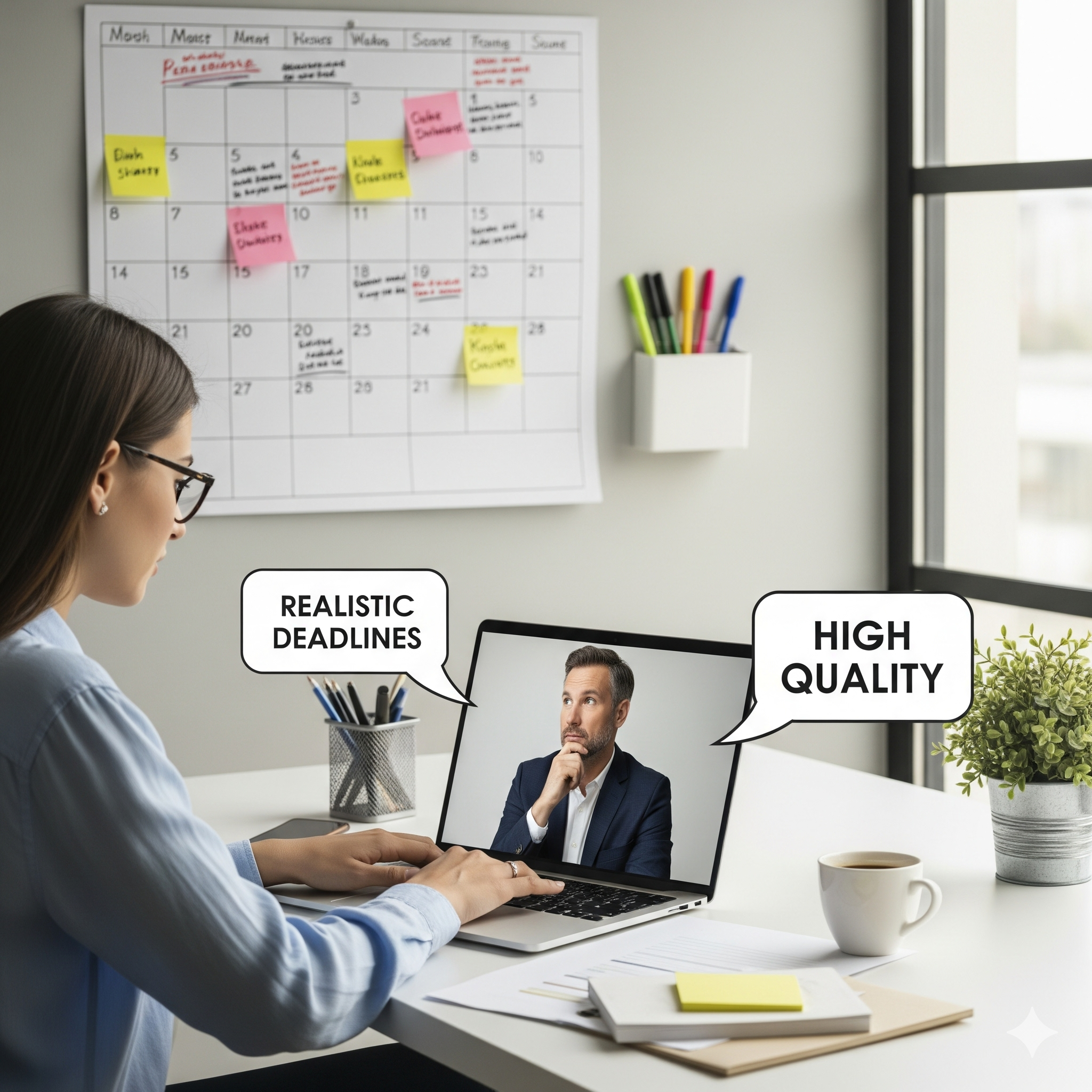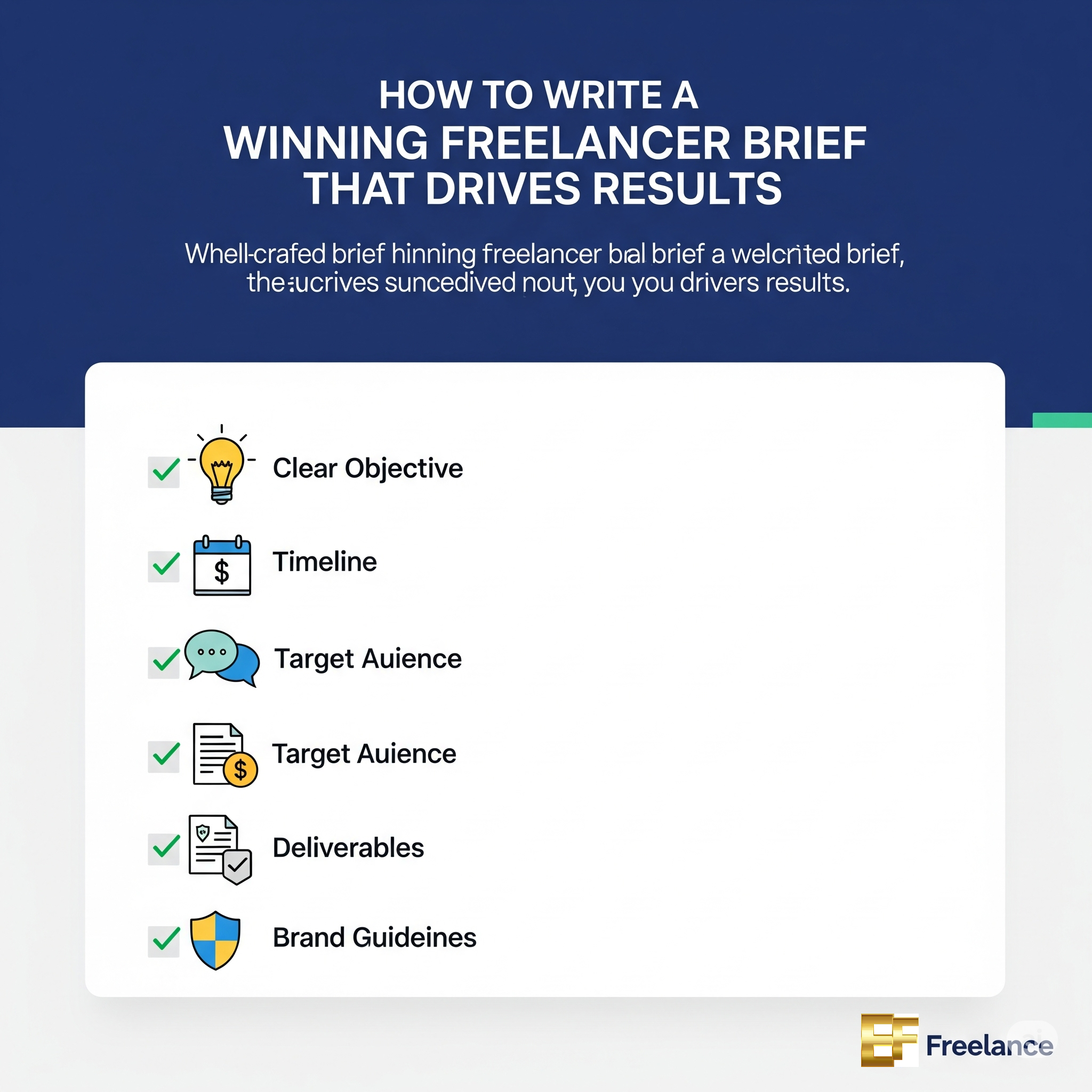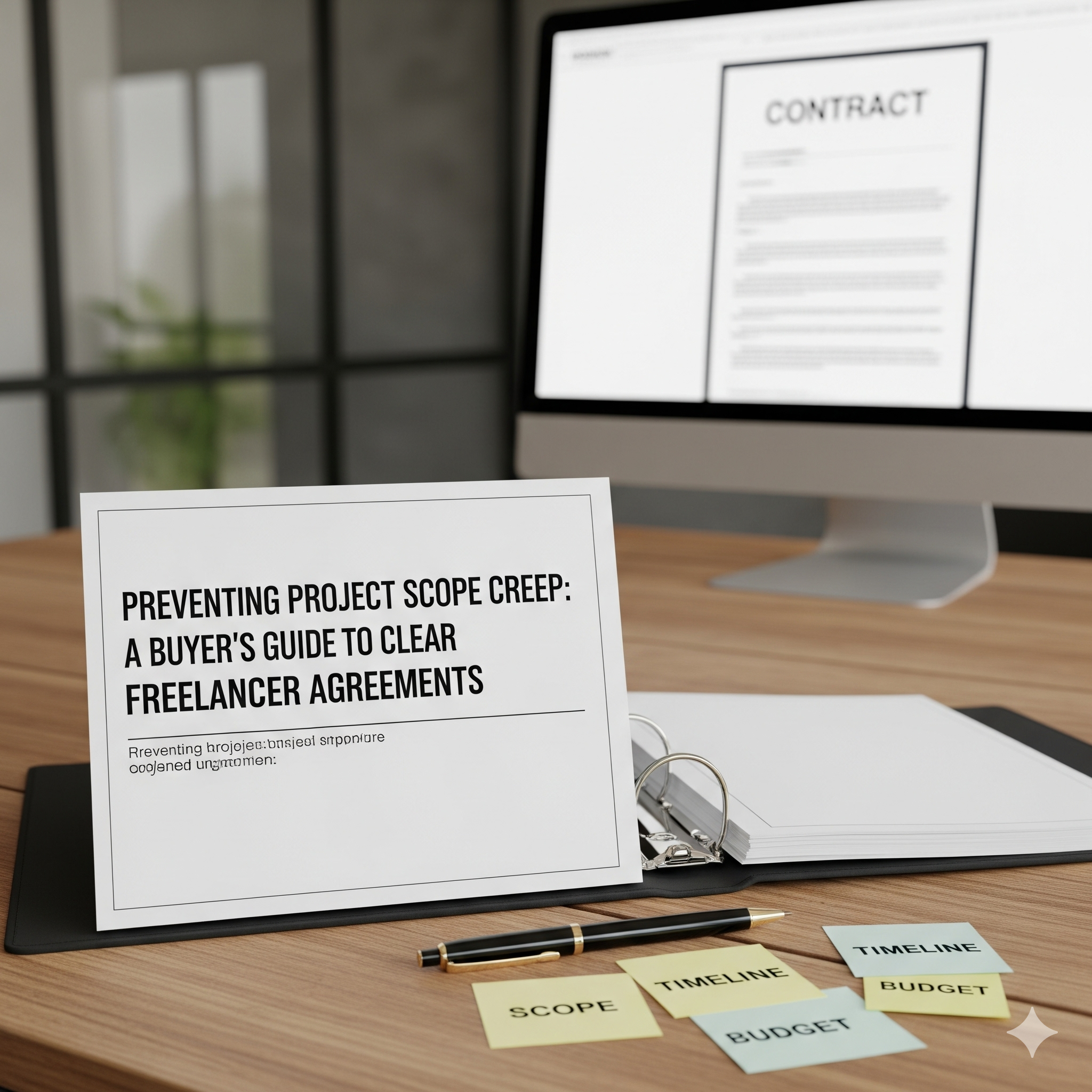Creating a standout proposal is the first step toward winning a project, especially in the freelancing world. Whether you’re pitching for a small gig or a long-term collaboration, a well-structured proposal can significantly improve your chances of success. In this post, we’ll walk you through how to structure your proposal for maximum impact, ensuring it leaves a lasting impression on potential clients.
1. Start with a Clear and Engaging Introduction
The first few lines of your proposal are crucial. This is your chance to grab the client’s attention and clearly explain how you can help solve their problem. Avoid starting with generic phrases; instead, dive straight into addressing the client’s needs. For freelancers, this means clearly stating your value proposition right from the start.
Pro Tip: Tailor your introduction to the specific client and project. A one-size-fits-all approach doesn’t work when each project has unique requirements.
“A well-structured proposal is like a handshake; it creates the first impression, and you want it to be strong and memorable.”
2. Detail Your Approach and Process
After hooking the client with a strong introduction, outline your approach to completing the project. Break down how you will solve their problem step by step, highlighting the benefits of your process. This not only shows your expertise but also builds trust with the client.
For example, understanding the differences between front-end and back-end development can be a great asset when you’re working on web development projects. Including this information in your proposal gives the client insight into your technical know-how and how you can handle different aspects of their project.
3. Showcase Your Skills and Experience
Clients want to know that you are the best person for the job, and one way to demonstrate this is by showcasing your relevant experience and skills. Mention past projects that align with the client’s needs, and provide any evidence of success, such as case studies, testimonials, or portfolio links.
If you’re a freelancer, explaining how freelancing works and the benefits it offers to clients could make you stand out from other bidders. You can also include key achievements from previous work to strengthen your proposal.

4. Offer a Detailed Timeline and Deliverables
After explaining your approach and showcasing your skills, outline a detailed timeline for the project. Clients appreciate knowing when they can expect results, so be specific about milestones and deliverables. A clear timeline not only shows that you’ve thought through the process but also helps manage client expectations.
To add even more value, consider providing a breakdown of the project’s phases. For example, you might include:
- Phase 1: Research and Planning
- Phase 2: Design and Development
- Phase 3: Testing and Delivery
This detailed plan not only makes your proposal more professional but also shows that you have a structured approach to managing time.

5. Include Pricing and Payment Terms
Be clear about your pricing from the start. Include the total cost, any breakdowns of services, and your payment terms. Clients appreciate transparency, so avoid ambiguous language when discussing costs. If you’re working on a platform like eFrelance, Fiverr, Upwork, Freelancer you can link to its payment protection systems to reassure clients that their funds are secure until the project is completed.
6. Finish with a Strong Conclusion and Call to Action
Your proposal should end with a clear call to action (CTA). Encourage the client to take the next step, whether it’s scheduling a call or confirming the project. A polite, enthusiastic closing leaves the door open for further discussion and helps move the process forward.
Example CTA: “I’d love the opportunity to discuss how I can help you achieve your project goals. Feel free to contact me with any questions or to schedule a quick meeting to dive deeper into the details.”
Conclusion
A well-structured proposal is more than just a pitch—it’s a roadmap to success for both you and the client. By starting with a strong introduction, detailing your approach, showcasing your experience, and providing a clear timeline and pricing, you’ll increase your chances of securing the project. Remember, the key to an impactful proposal is personalization and clarity.

